Watering, how do you keep your garden green?
SeniorBalloon
last year
Featured Answer
Sort by:Oldest
Comments (24)
- SeniorBalloon thanked woodyoak zone 5 southern Ont., Canada
Related Discussions
watering in a suburban garden...how do you guys do it?
Comments (9)I know just how you feel! Before we put in irrigation, my husband swore that his Native American name would be DANCES WITH HOSES. I put in the Drip Works dribbler systems in all my rose beds, so I just had to hook a hose to it and leave it on until the roses got a good deep soak. I found they were much more efficient than the soakers, and last a lot longer. But we did have to move hoses from bed to bed to do that. A good 3-4" of mulch helps hold in the moisture. When we finally put in irrigation (truly the 8th wonder of the world) they just hooked the irrigation system into the dribbler system, so I could keep watering the roses from the bottom instead of overhead. The other pre-irrigation helper was our 'tractor' sprinkler - they really are neat - you just lay out your hose around the garden where you wish to water, hook the traveling unit to the end of the hose and let it water the garden, following the track of the hose. It saved a lot of hose hauling, but I still preferred to water the rose beds at the base instead of overhead. Here is a link that might be useful: JOhn Deere Traveling Sprinkler...See MoreKeeping the garden watered...what are your favorite solutions?
Comments (33)I didn't think it would be a good idea, like you said, to run it under or over the sidewalk, bad enough to run a hose across it for the soaker hose my neighbor loaned me last year and this. But it's so long, it has 3 turns and having to lift it in and out to hoe (I will mulch when I get to it), is almost more than I can bear. It's heavy and drags across plants to move so last year I never weeded except a few by hand, but with tomatoes in cages, it wasn't too bad. The soaker worked great for tomatoes in neat rows but is not going to work well for tiny plants and roses scattered more randomly. My roses are one long row but the companion plants are scattered. Do you know what I really wish? I wish I had an old-fashioned pump and a cistern to collect all this water. That is not feasible but it would sure bring back memories, and I would love doing it. My grandmother couldn't have watered much of anything except her African violets inside, and things grew ok for her. She didn't mulch either, just probably did a little hoeing and had boards to walk on to get down the rows of what she had planted. She had a long perennial bed with shrubs and spring bulbs but no roses that I can remember. If I get fed up enough this summer and depending on my health, I can have a guy come and install a faucet on the other side of the back sidewalk (front is a 'nuther animal but could have another one in the basement going through another outside wall on the other side of the sidewalk). Then I could irrigate all of it. I will remember Drip Works, usually think long and hard before making such a change especially in light of expensive repairs I need done, can afford some of it but not all at once and hard to prioritize. Irrigation would not be that expensive if I do it myself but takes thinking, planning and time. I really really want my arbor put back up, right this time, heard a jackhammer going at the neighbor's, was hoping they could come here when done and blast out four concrete footings so we can start over. No such luck. Of course I would have paid a reasonable amount. It was a fence company and I saw they had augurs of different sizes in the truck. That would be so nice, that arbor was a dream come true, and it's all come to nothing for now, my son and the neighbor down the street think vandals knocked it over but it wasn't installed right, I knew it, and was frantically trying to find out how I could anchor it better, didn't make it in time, actually paid another guy to try to screw it in the footings using a masonry drill. That failed, too. My son is good at things but so busy. It is thundering and raining again . . .so far just a shower. The beds that aren't mulched yet dried out already after that record downpour, probably damp deeper down. I will mulch but want all my seedlings in and big enough so I can see where to put it all without ruining some plus I want to hoe first. I can neaten up the edges later....See MoreHow do you have an in-law live with you and keep your sanity?
Comments (46)This is the first time in a while I've had a chance to read through the more recent posts. I have to say my heart goes out to Melissa Stewart, who never did post again, sadly. My first impulse was to suggest putting a lock on the bedroom door! BTW, maifleur01's post of August 28, 2016 wasn't very clear to me. I think what she was saying was that AL facilities might be helpful to early/moderate dementia patients, but not all of them are willing to be moved there. This is very true. My MIL did not want to move. However, we did not give her a choice. She had lived with us for 7 yrs and it was stressing my DH's (her only child) health. The facility we found for her is a world away from the "just sitting in chairs" places. It is a 5-acre secure campus, complete with its own senior center and as mentioned before, a full schedule of activities every day. The regular routines and voluntary activities helped very much in slowing down the progression of her dementia. Her anxiety lessened, and she no longer needed the anti-depressants or BP bills either. She was the ideal candidate for a facility because she was very social but personally awkward at making friends (she felt it was being "pushy" and unladylike to be the instigator). The casual, regular social interactions enabled her to finally make new friends. This non-profit facility is the third-ranked of its type in the state. It has the lowest staff turnover percentage and one of the highest staff-to-resident ratios. The downside is, you need $$$ for this. Without exception we found the better quality full-care facilities did not take Medicaid patients. IF you passed the interview, had a signed evaluation of your mental/physical health from your doctor, and could claim sufficient financial assets for at least 5 yrs of rental expense, you could be accepted as a resident. In such case, as a current resident if you needed care in the future and ran out of funds, the facility can CHOOSE to apply for Medicaid on your behalf so you may continue to be a resident. Most non-profits will do this. Many for-profits, which unfortunately comprise the bulk of the industry and who are rapidly buying up existing non-profits when possible, do NOT do this. No funds = no residency. Always be sure, if you are looking for a facility for an elderly family member, that you make several visits, research their rankings (both federal and state inspections), and ask as many questions about "what if?" as you can. Just FYI, an article last week in the WS Journal on "We're running out of caregivers" said the average cost of a home health aide, full time (8 hr day) is now $49,000/yr. Remember if the aide is hired directly, you are also responsible for Social Security and other taxes, as an employer....See MoreHow do you keep ( or try) weeds out of your garden?
Comments (9)In the veggie garden I use a scuffle hoe. In perennial and shrub beds I use a combination of cardboard or newspaper and a deep layer of mulch, 4-6 inches when spread, though it settles some. It is looser than soil and so makes new weeds much easier to remove. I edge the shrub beds to prevent grass and weeds from growing in from surrounding lawn areas and check that weeds haven't grown over the edging about once a month. I weed regularly, but never for long and learn the life cycles of my weeds so that I can get rid of them before they bloom and seed. So dandelions are the earliest spring and are removed by a long skinny-bladed weeder that is designed to remove deep tap roots. I look for the flowers and spend perhaps 1/2 hour 2-3 times a week to remove them before they seed. The flowers go in the trash since the seeds continue to develop, but the plants get spread out to dry on the fencing around the compost pile and then join the compost. The Glechoma/creeping Charlie and Oxalis/wood sorrel are also easiest to spot when blooming. Glechoma blooms late spring here, and I try to trace the vines and pull at each root node so I get as much as possible of the long vines that wind around other plants. I find Oxalis blooms on and off all summer, and so I patrol about once a week all summer and pull what I find. Once you get to the point that you are preventing seeding, the amount of work will reduce amazingly over a couple of years....See Moresocalgal_gw Zone USDA 10b Sunset 24
last yearSeniorBalloon thanked socalgal_gw Zone USDA 10b Sunset 24SeniorBalloon
last yearSeniorBalloon
last yearcecily 7A
last yearrosaprimula
last yearlovemycorgi z5b SE michigan
last yearbeesneeds
last yearperen.all Zone 5a Ontario Canada
last yearfloral_uk z.8/9 SW UK
last yearSeniorBalloon
last yearsocalgal_gw Zone USDA 10b Sunset 24
last yearSeniorBalloon
last yearlast modified: last yearAdam Padgett
last yearbeesneeds
last yeargardengal48 (PNW Z8/9)
last yearSeniorBalloon
last yearlast modified: last yearmxk3 z5b_MI
last yearlast modified: last year41 North (Zone 7a/b, NE, coastal)
last year
Related Stories
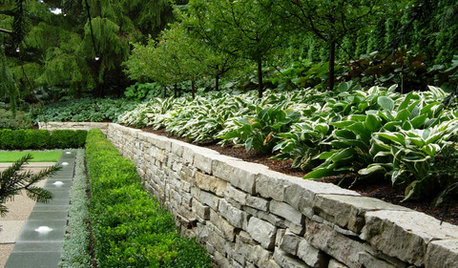
LANDSCAPE DESIGNGarden Walls: Dry-Stacked Stone Walls Keep Their Place in the Garden
See an ancient building technique that’s held stone walls together without mortar for centuries
Full Story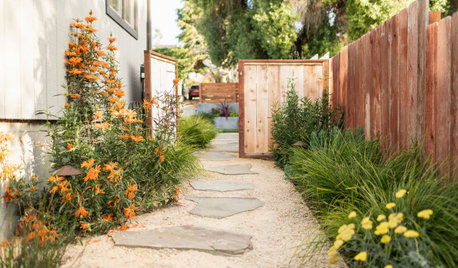
SAVING WATERHow to Keep Your Yard Healthy and Attractive With Less Water
Landscape pros share 8 ways to conserve water and still have beautiful outdoor areas
Full Story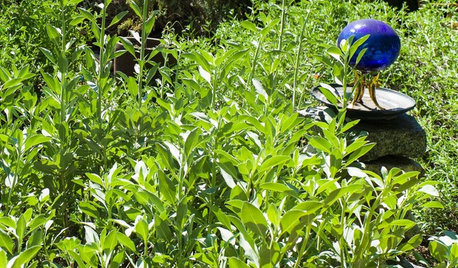
FLOWERS AND PLANTSWhite Sage Shimmers in the Water-Wise Garden
California native Salvia Apiana features silvery-green foliage and seasonal flowers that bees, hummingbirds and butterflies love
Full Story
GARDENING AND LANDSCAPINGOld School Green Design: Keep the Trees!
Trees in the landscape add a sense of place, connection to nature, shade — and great beauty
Full Story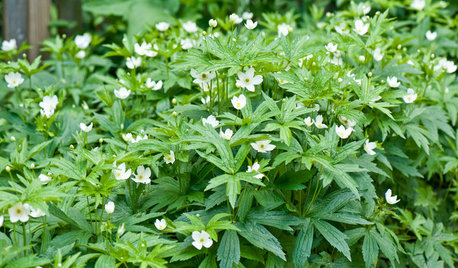
GARDENING GUIDESGreat Design Plant: Anemone Canadensis Adds Pizzazz to Water’s Edges
Plant Canadian anemone along pond, lake or stream edges for a splash of white flowers in late spring
Full Story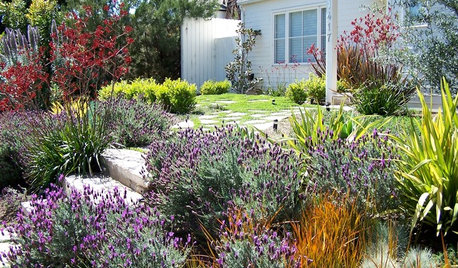
SAVING WATERGreat Plants for Lush, Low-Water Gardens
Water restrictions making your garden look washed out? Give it living color with unthirsty grasses, flowers and succulents
Full Story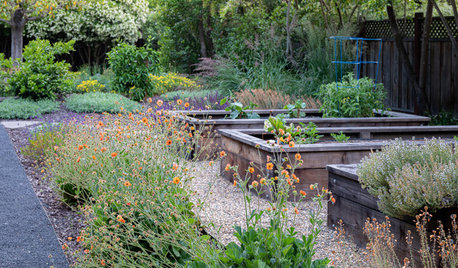
GARDENING GUIDESEssential Watering Tips for Your Edible Garden
To give your edible plants just what they need, check out these guidelines for how, when and how much to water
Full Story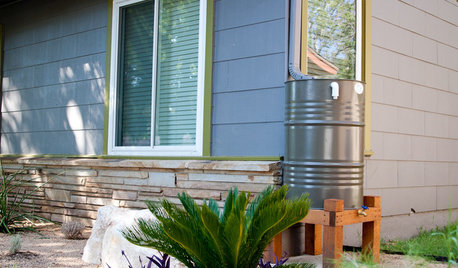
GREEN DECORATINGEasy Green: Big and Small Ways to Be More Water-Wise at Home
These 20 tips can help us all make the best use of a precious resource. How do you save water in summer?
Full Story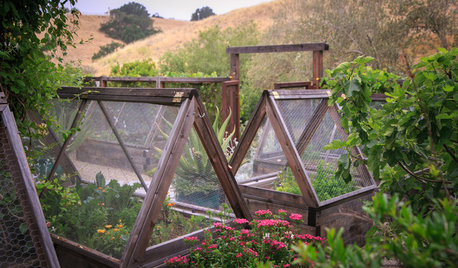
GARDENING GUIDES6 Ways to Keep Your Edible Garden Going Until Spring
Enjoy freshly picked veggies this fall and winter — even when it’s freezing outside — with this gardening guide
Full Story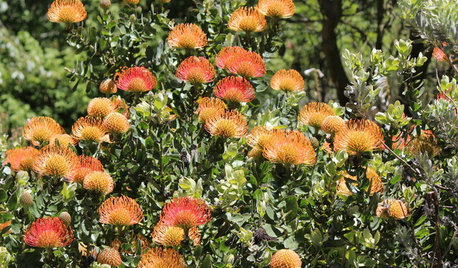
GARDENING GUIDESKeep Your Cool in the Garden — Here’s What to Do in August
Don’t let summer’s heat go to your head. These U.S. gardening guides will help you make sensible choices for all of your plantings
Full Story




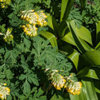
rosaprimula